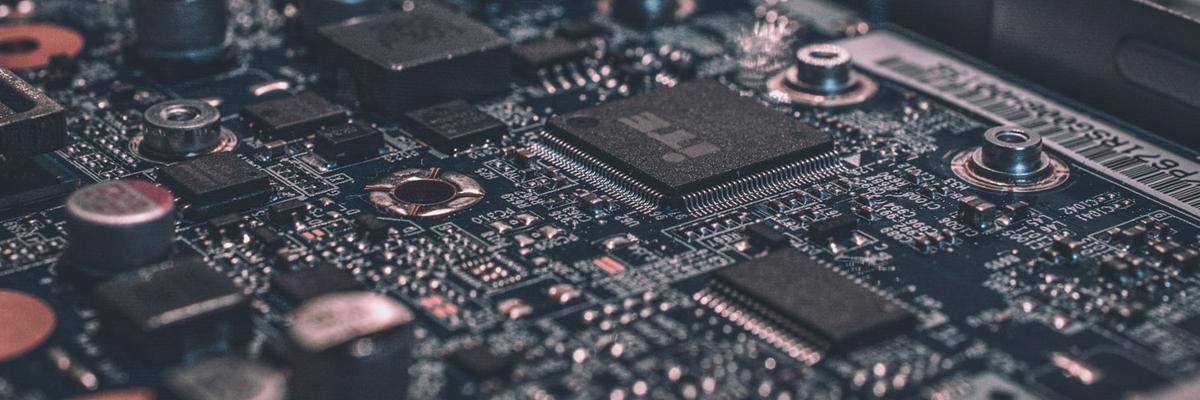PCB Design for 1-20 Layers: Tips to Choose the Layers for Your PCB

PCB Design for 1-20 Layers: Tips to Choose the Layers for Your PCB
The efficiency of a printed circuit board lies in the number of layers. So, it is important to make the proper selection of layers. The previous post focused on different PCB layers and their applications. This post focuses on important considerations to be made when going for PCB design for 1-20 layers.
Important Factors to Consider When Opting for PCB Design 1-20 Layers
Let’s begin with the considerations. Perhaps, you have an idea of the number of layers required in your PCB. However, you need to check why a multilayer PCB can be ideal over a single-layer PCB. Focusing on the following points will ease your confusion:
-
Utilization: Where is the PCB going to be used? As discussed before, PCBs are used in various types of simple to complex electronic devices. So, it is essential to figure out if your application has minimal functions or complex functions.
-
Signal Types Required: Do you know the printed circuit boards are also used in microwave applications? The choice of the number of layers will also depend on the type of signals they need to carry. The signals are distinguished as high frequency, low frequency, as well as ground or power. You will require multilayered PCBs for applications that require multi-signal processing. These circuits may require different grounds and isolation.
-
Type of Via: The choice of via is another important consideration to be made. If you are opting for a buried via, perhaps you would require more internal layers. So, you can accordingly settle for multiple layers.
-
Density and Number of Signal Layers Required: The PCB layers are also determined based on two important factors – signal layers and pin density. The number of layers in the PCB increases with the decrease in pin density. The pin density of 1.0 is taken as a reference. For instance, the pin density of 1 will require 2 signal layers; however, pin density < 0.2 may necessitate 10 layers or more.
-
Number of Planes Needed: The power and ground planes in the PCB help reduce EMI, as well as shield signal layers. So, the choice of the layers will again depend on the number of planes required.
-
Cost of Manufacturing: Although a major requirement, it is one of the deciding factors in the choice of layers in PCB design for 1-20 layers. The cost of PCB manufacturing depends on a number of layers. Multilayered PCBs are more expensive than single-layer PCBs. The cost of manufacturing will largely depend on the requirements mentioned above.
-
Lead Times: The lead time based on the PCB design for 1-20 layers depends on all factors mentioned above. For instance, if your design needs a single layer, perhaps the lead time will be less. If you are ordering PCBs for a complex industrial electronic device, the lead-time will increase.
If you are unable to make a decision based on the above factors, it is always better to have a discussion with the manufacturer. There are several trusted PCB manufacturers specializing in PCB design for 1-20 layers. Twisted Traces stands tall among them. The company provides PCB design for 1-20 layers in custom specifications.
.png)



.png)
